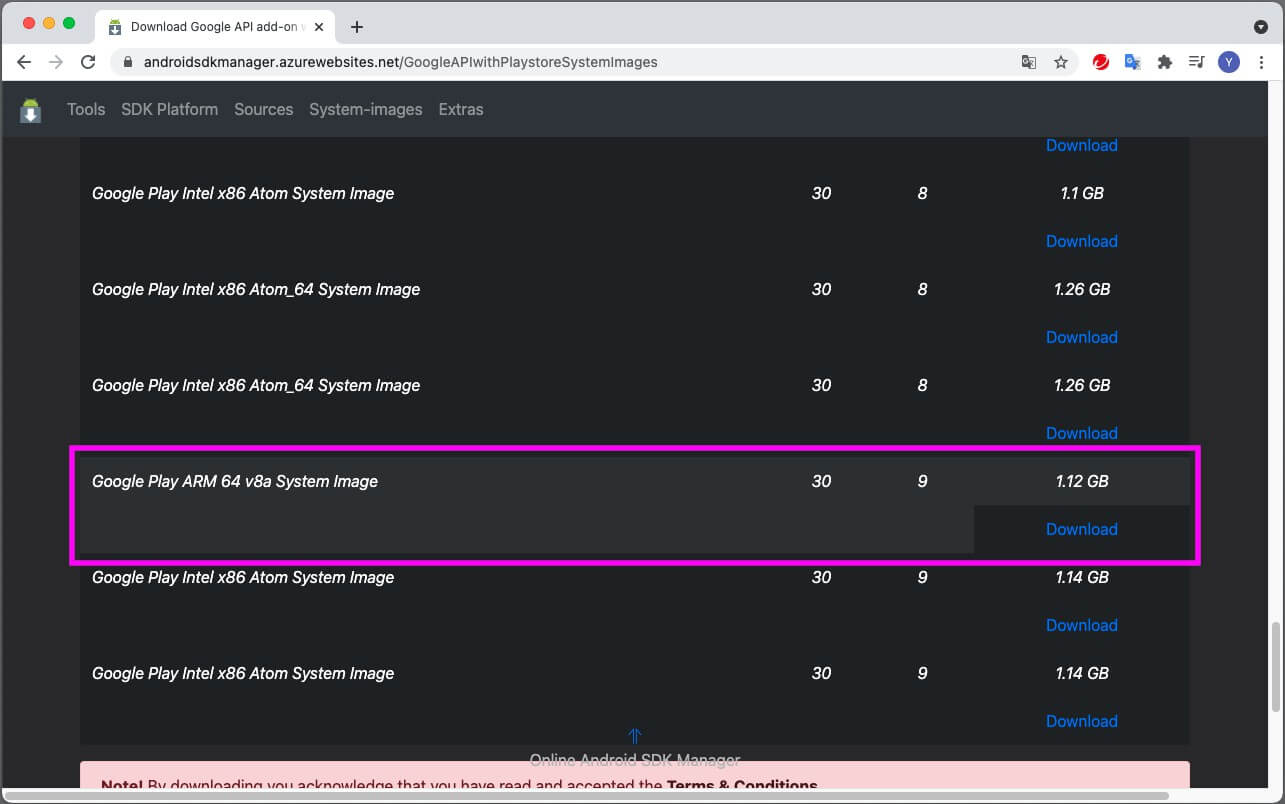

If you want to learn more regarding virtualization in processors you can read the following Wikipedia article, the thing is that our M1 processor doesn’t support VT-x, however, we have options to run an Android Virtual Device.Īs the previous message was telling us, we have 4 options. (This is 10x slower than hardware-accelerated virtualization)Īndroid virtual device Pixel_3a_API_30_x86 was successfully createdĪnd also in the Android virtual device (AVD) screen you will read the following warning: Unfortunately, your computer does not support hardware-accelerated virtualization.Ģ - Develop on a Windows/OSX computer with an Intel processor that supports VT-x and NXģ - Develop on a Linux computer that supports VT-x or SVMĤ - Use an Android Virtual Device based on an ARM system image
Android studio for mac m1 install#
When you install Android Studio you will get the following warning: Using Android studio in the new Macbook Air

As I said in the previous post, these configurations are workarounds until stable versions are released, however, for me, they have been useful and I guess that someone in the same situation as me can benefit from that. This is the second post that I dedicate to talk about configurations using the new M1 Apple processor.


 0 kommentar(er)
0 kommentar(er)
